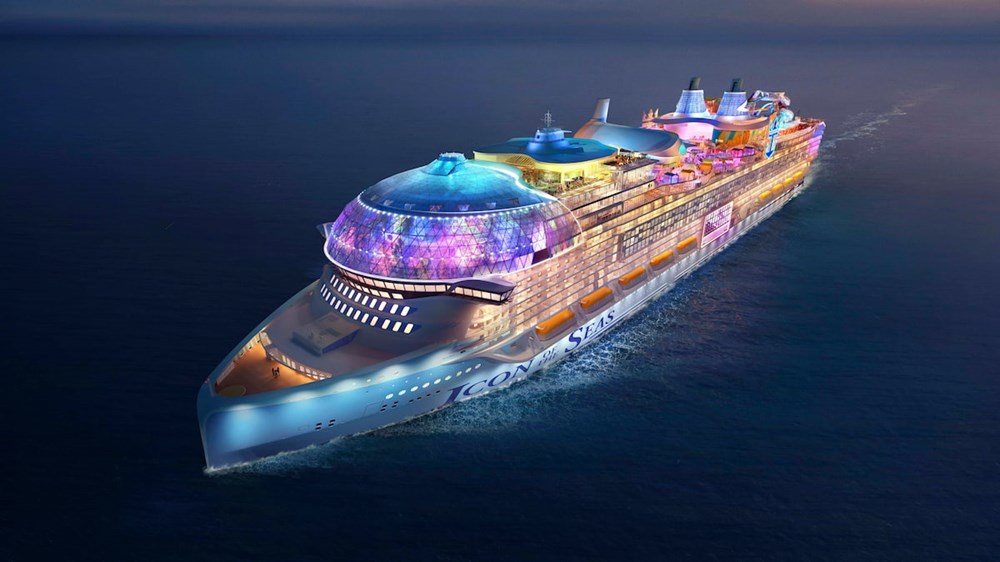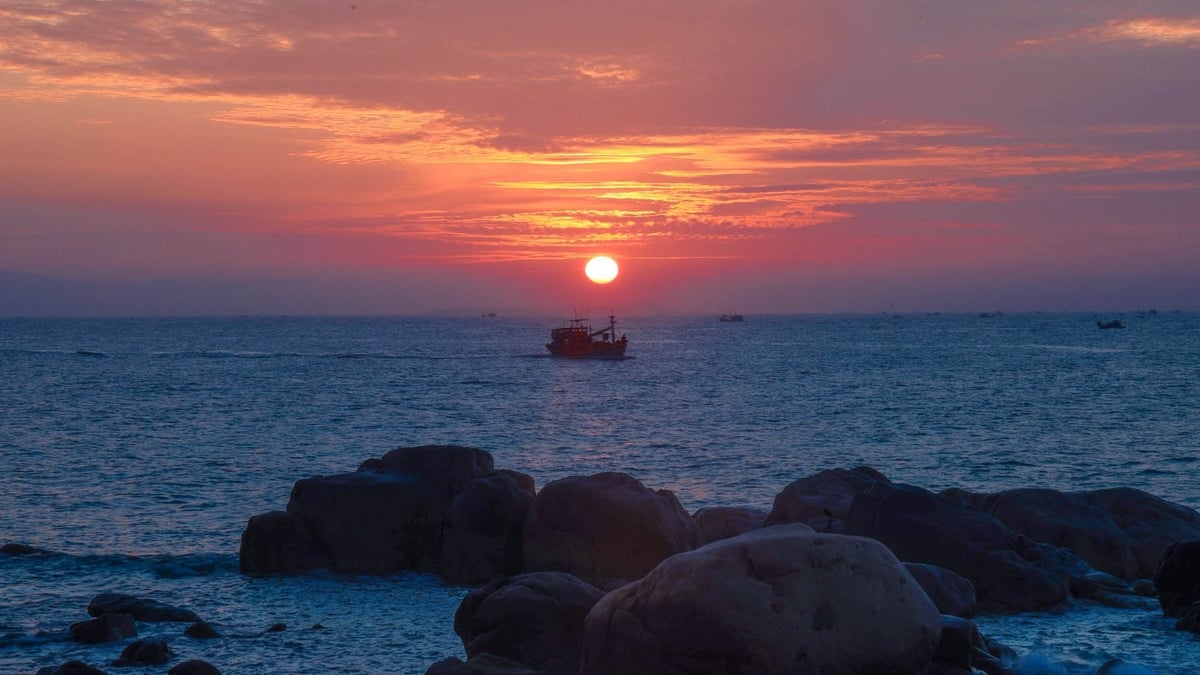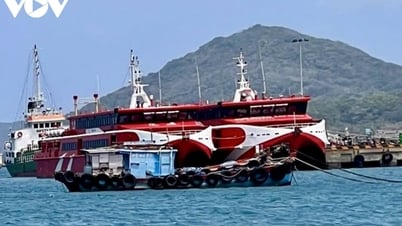The Icon of the Seas is the world's largest cruise ship. (Source: Royal Caribbean Cruises)
As the number of cruise bookings rebounds after the Covid-19 pandemic, Royal Caribbean's "The Icon of the Seas" cruise ship is completing the final stages at the Meyer Turku shipyard in southwestern Finland.
The world's largest cruise ship will officially embark on its maiden voyage in January 2024.
The Covid-19 pandemic has severely affected the cruise industry and has many people concerned about the sector's ability to recover.
Cruise companies are seeing a rebound in passenger numbers as countries ease restrictions to prevent the spread of the virus.
The Cruise Lines International Association forecasts passenger numbers will reach 31.5 million in 2023, surpassing pre-pandemic levels.
Meyer Turku began construction of the Icon of the Seas in 2021. The ship is expected to attract global attention because it possesses many features that far surpass previous ships.
At more than 365m long, this cruise ship is longer than the current record-holder Wonder of the Seas at 362m.
The Icon of the Seas cruise ship has 20 decks, 18 of which are for guests. The ship weighs 250,800 tons, five times the size of the Titanic and surpasses the largest cruise ship today, the Wonder of the Seas, also owned by Royal Caribbean.
The ship will also set a record for capacity. With 2,805 staterooms, The Icon of the Seas can accommodate a total of 9,950 people (2,350 crew and 7,600 passengers), equivalent to the population of a town.
Meanwhile, the maximum capacity of Wonder of the Seas is only 6,988 passengers.
Over the past decade, cruise ships have become increasingly larger, says Alexis Papathanassis, Professor of Cruise Management at the University of Applied Sciences Bremerhaven.
He noted that these superyachts bring clear economic benefits, reducing costs for individual passengers.
With seven pools, a theme park, water slides, shopping, an ice rink and more entertainment venues than any other ship, large ships like the Icon of the Seas also offer more options for passengers to experience and spend on board, which makes cruise lines more profitable.
Shipping lines hope that increased income after the Covid-19 pandemic will help cover debts incurred during the lockdown period.
Mr Papathanassis said these would be challenging times for many companies that were implementing “belt-tightening” measures, and expected train fares to rise.
According to expert Papathanassis, the trend of building larger ships will not stop, but will certainly slow down due to large investment costs and high technical requirements.
In addition, experts are also concerned that large ships may face overload at seaports, lack of infrastructure to meet passenger needs, risk of incidents or accidents, and potential negative impacts on the environment.
VNA
Source

























![[Photo] Signing of cooperation between ministries, branches and localities of Vietnam and Senegal](https://vphoto.vietnam.vn/thumb/1200x675/vietnam/resource/IMAGE/2025/7/24/6147c654b0ae4f2793188e982e272651)











































































Comment (0)